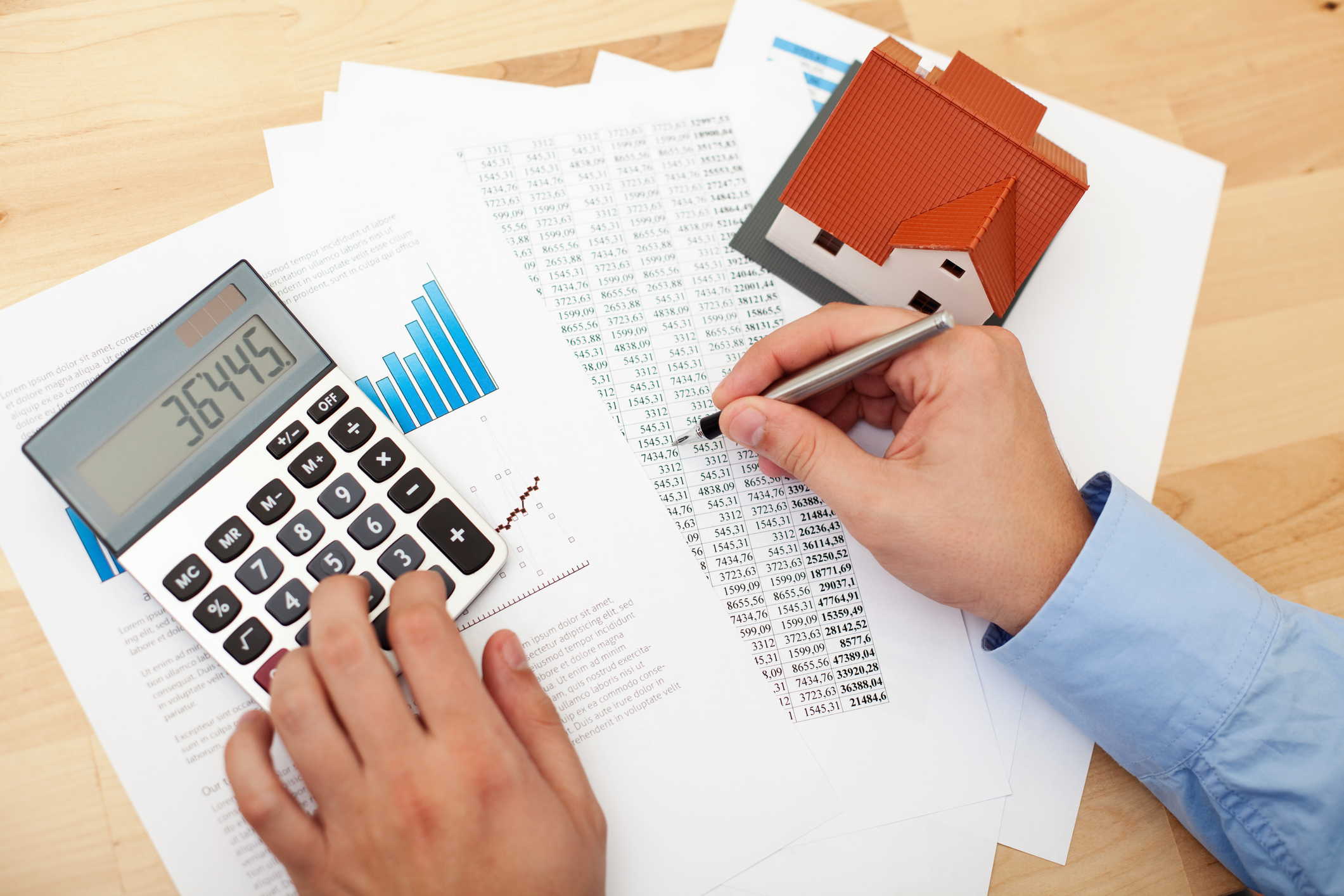
Besides the value of your home, a great many factors influence how much you pay for homeowner’s insurance. Here are 14 of the most common.
1. Credit score
As with car insurance, people with higher credit scores tend to make fewer homeowner’s insurance claims. A long, established credit history, a low percentage of debt compared to your total credit line and a history of on-time payments will result in lower insurance premiums.
2. Marital status
Married couples make fewer insurance claims than singles and pay lower premiums as a result.
3. Pets
Owning certain dog breeds that are considered “aggressive,” like pit bulls, rottweilers and dobermans, can raise your premiums due to the increased risk of a liability claim. Signing a waiver for dog bites can reduce this cost. Exotic pets will also raise your rates and can even make you ineligible for regular policies.
4. Location
Homes in areas prone to any sort of natural disaster cost more to insure. In Monmouth County, expect to pay more for most properties due to the chance of hurricane damage and flooding.
5. Proximity to fire services
Homeowners can receive insurance discounts based on how close they live to a fire station or fire hydrant. This proximity reduces the risk of a total loss in the event of a fire.
6. Age of your home
Older homes are generally more susceptible to damage from deterioration and the elements. Carefully maintaining your home—especially the roof—can offset some of the extra insurance cost.
7. Building materials
Homes made of brick are cheaper to insure than those made of wood and other flammable materials.
8. Remodeling
Home renovations are expensive, and also expensive to rebuild in the event of a loss. Make sure you let your insurer know about any remodeling as soon as possible.
9. Swimming pools, hot tubs and spas
Pools pose a significant drowning risk, especially with small children. Even non-fatal drowning incidents result in hospitalization more than half the time according to the CDC, compared to a hospitalization rate of just 6% for other accidental injuries.
10. Trampolines
Trampolines cause thousands of injuries requiring hospitalization every year, many of which are head and neck injuries and injuries to small children. As a result, trampolines are almost never included in a basic homeowner’s insurance policy. Many insurers will not cover a home with a trampoline at all.
11. Replacement cost
You should insure your home for the amount it would cost you to rebuild the exact same home in the same place if you were to suffer a total loss. The replacement cost is different from the market value and probably more than it would cost to pay off your mortgage.
12. Deductible
The higher the deductible on your policy, the lower the premiums. A deductible below $500 is rarely worth the extra cost, and raising it from $500 to $1,000 can save you as much as 25% in premiums.
13. Liability limits
Many liability limits are too low to cover the full cost if someone were to be seriously injured in your home. A liability limit of at least $300,000 instead of the standard $100,000 will cost you a bit more, but can be invaluable if the worst should happen.
14. Claim history
Prior claims are the best predictor of future claims, so insurers charge higher premiums for homeowners with multiple claims—even if they were at an old home. Your C.L.U.E. (Comprehensive Loss Underwriting Exchange) Personal Property report from Lexis Nexis will show you all claims from the last seven years, including the date of each loss, the type of loss and the amount paid out by your insurer.
No one knows your home better than you, and no one knows the best ways to save on homeowners insurance than a qualified agent. Contact John B Wright today for a free quote.

Leave a Reply